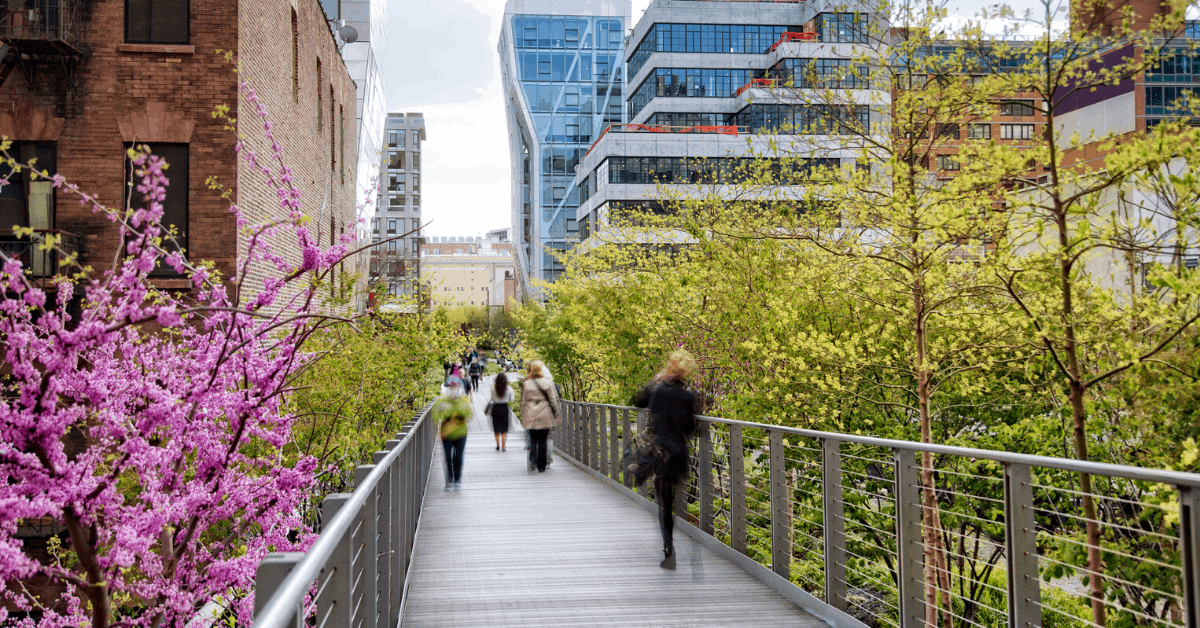
Revitalizing Cities: The Impact of Urban Green Spaces Projects
Cities around the world are recognizing the crucial role that green spaces play in fostering sustainable urban environments. Urban green spaces projects are emerging as transformative initiatives, offering numerous benefits to both residents and the environment. Let’s delve into the significance of these projects and their positive impact on urban living.
Creating Breathing Spaces in Concrete Jungles
Urban green spaces act as vital lungs for cities, providing areas where residents can escape the hustle and bustle of urban life. These projects aim to transform concrete jungles into vibrant oases, offering a reprieve from the daily grind. Whether it’s a park, rooftop garden, or community green area, these spaces contribute to improving the overall well-being of city dwellers.
Biodiversity and Ecosystem Restoration
One of the primary goals of urban green spaces projects is to restore and enhance biodiversity within city limits. Through careful planning and landscaping, these projects create habitats for various plant and animal species. This not only supports local ecosystems but also contributes to the overall health of the urban environment by fostering a balanced, sustainable ecosystem.
Improving Air Quality and Mitigating Pollution
Green spaces play a crucial role in improving air quality by absorbing pollutants and releasing oxygen. Trees and plants act as natural filters, capturing harmful particles and reducing the impact of pollution. Urban green spaces projects strategically position green areas to mitigate the effects of vehicular emissions and industrial activities, contributing to a healthier urban atmosphere.
Social Cohesion and Community Engagement
Beyond their environmental benefits, urban green spaces projects foster social cohesion and community engagement. Parks and green areas serve as gathering spots, promoting social interactions and a sense of community. Activities such as outdoor events, fitness classes, and community gardens create opportunities for residents to connect, enhancing the overall social fabric of urban neighborhoods.
Climate Resilience and Temperature Regulation
In the face of climate change, urban green spaces contribute to climate resilience by helping regulate temperatures. The cooling effect of trees and vegetation mitigates the urban heat island effect, where densely built-up areas experience elevated temperatures. This natural temperature regulation not only improves the comfort of urban living but also reduces the energy demand for cooling systems.
Economic Value and Property Enhancement
Investing in urban green spaces projects brings economic benefits to cities. Properties located near well-maintained green areas often experience an increase in value. Additionally, the presence of green spaces attracts businesses and tourism, contributing to local economies. This economic value further underscores the importance of integrating green initiatives into urban planning.
Educational and Recreational Opportunities
Urban green spaces serve as educational hubs and recreational havens. These projects often include features like botanical gardens, nature trails, and educational programs. Residents, especially children, have the opportunity to learn about nature, ecology, and sustainable living. Simultaneously, recreational facilities within these spaces offer residents spaces to unwind and engage in physical activities.
Urban Green Spaces Projects Linking Communities
If you are interested in exploring urban green spaces projects and their impact on communities, visit WaslInfo.org. Discover valuable insights, resources, and inspiration to understand the transformative power of green spaces in urban settings.
The Future of Sustainable Urban Living
In conclusion, urban green spaces projects are integral to the future of sustainable urban living. As cities continue to grow, the need for green initiatives becomes increasingly apparent. These projects not only enhance the quality of life for residents but also contribute to creating resilient, eco-friendly, and vibrant urban environments. Embracing and expanding urban green spaces is a collective step towards building cities that prioritize both people and the planet.
